Can Cats Eat Raw Tuna? What You Should Know Before Offering Tuna to Your Cat
- 8 Apr 2025 16:00
Tuna is a popular fish that many people enjoy, and it’s often associated with being a tasty treat for cats. But can cats eat raw tuna? While tuna is a great source of protein and omega-3 fatty acids, there are important health considerations when it comes to feeding your cat raw tuna. Let’s explore the potential risks and benefits of giving your cat raw tuna and how to serve it safely.
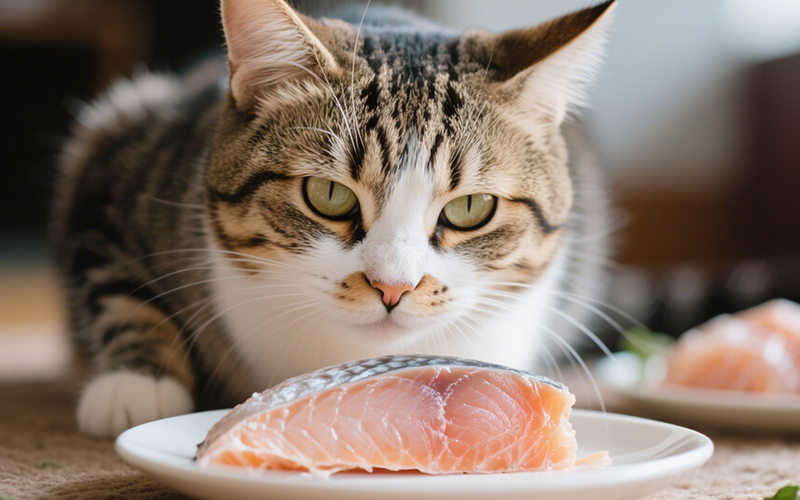
The Risks of Feeding Raw Tuna to Cats
Risk of Foodborne Illness:Raw tuna, like other raw fish, carries the risk of bacterial contamination. Salmonella, Listeria, and E. coli are bacteria commonly found in raw fish, and they can cause serious food poisoning in cats. Symptoms include vomiting, diarrhea, loss of appetite, and dehydration. Cooking the tuna eliminates these harmful bacteria, making it safer for your cat.
Risk of Parasites:Raw tuna can also carry parasites like worms, which may cause gastrointestinal problems for your cat. While freezing the fish before feeding it can reduce the risk of parasites, there is still a possibility of contamination.
Thiamine Deficiency:Raw tuna contains an enzyme called thiaminase, which can break down thiamine (vitamin B1). Thiamine is essential for your cat’s health, and a lack of it can lead to symptoms such as loss of appetite, vomiting, muscle weakness, and neurological issues. Cooking the tuna deactivates the thiaminase, preventing this issue. Feeding raw tuna regularly can lead to a thiamine deficiency over time, so it’s important to limit raw tuna and ensure it’s cooked if you plan to offer it as an occasional treat.
High Mercury Levels: Tuna is known for having relatively high levels of mercury compared to other fish. Regular consumption of tuna can expose your cat to excessive mercury, which can lead to mercury poisoning. Symptoms of mercury toxicity in cats include tremors, coordination issues, vomiting, and diarrhea. While an occasional small serving may not be a major issue, feeding tuna regularly should be avoided.
Nutritional Imbalance: While tuna is high in protein, it doesn’t provide a balanced diet for your cat. Tuna lacks certain essential nutrients, such as taurine, which is crucial for heart and eye health in cats. Feeding tuna alone, especially raw tuna, could lead to nutritional deficiencies.
Can Cats Eat Cooked Tuna?
While raw tuna poses risks, cooked tuna is a safer option. Cooking tuna helps eliminate harmful bacteria, parasites, and thiaminase. When preparing tuna for your cat, keep the following tips in mind:
Plain Tuna: Make sure the tuna is plain—don’t add any seasoning, salt, oil, or spices. Cats should only eat tuna in its simplest form to avoid any harmful additives.
Cooked Thoroughly: Cook the tuna thoroughly by boiling or baking it to kill any harmful bacteria or parasites. Avoid frying or adding any fats, as too much fat can lead to digestive issues or obesity.
Offer in Moderation: Tuna, even when cooked, should be treated as an occasional treat rather than a regular part of your cat’s diet. It should never replace their main source of nutrition, which should be a balanced, meat-based diet designed for cats.
Safe Tuna Alternatives for Cats
If you want to offer a fish-based treat to your cat without the risks associated with raw tuna, consider these safer alternatives:
Canned Tuna in Water:Canned tuna in water (not oil or brine) can be a safer alternative. However, you should only offer it in moderation to avoid the risks of mercury and nutritional imbalance.
Other Cooked Fish:Salmon, mackerel, or sardines are also great fish options for cats. Like tuna, these fish are rich in protein and omega-3 fatty acids. Ensure that the fish is cooked and free of bones before offering it to your cat.
Commercial Cat Fish Treats: There are many fish-flavored treats specifically formulated for cats that provide the benefits of fish without the risks associated with feeding them raw or overly processed fish.
Fish Oil Supplements: If you're looking to add omega-3s to your cat's diet, you can use fish oil supplements designed for pets. These supplements are formulated to provide the right balance of nutrients without the risks of mercury or parasites.
What to Do if Your Cat Eats Raw Tuna
If your cat accidentally eats raw tuna, it's important to monitor them closely for any signs of illness. Here's what you should do:
Watch for Signs of Digestive Upset: Keep an eye out for vomiting, diarrhea, or lethargy, which could indicate a foodborne illness or bacterial contamination.
Look for Symptoms of Thiamine Deficiency: If your cat consumes raw tuna regularly, watch for signs of thiamine deficiency, including muscle weakness, neurological issues, and loss of appetite. If you notice any of these symptoms, consult a veterinarian immediately.
Seek Veterinary Advice: If you're concerned about your cat's reaction to raw tuna, or if they’ve eaten a large amount, it's always a good idea to contact a veterinarian. For quick advice, you can also consult PettureX, a pet health software that offers 24-hour online consultations and pet image recognition for any health concerns.
Conclusion
So, can cats eat raw tuna? While raw tuna is not toxic, it carries risks like bacterial contamination, parasites, thiamine deficiency, and mercury toxicity. It's safest to avoid feeding your cat raw tuna and instead offer cooked tuna or other safe fish alternatives. Remember, tuna should be given as an occasional treat and in moderation to prevent nutritional imbalances and health issues.
For any concerns about your cat’s diet, don’t hesitate to consult PettureX for expert guidance and 24-hour online consultations. 🐱🐟💚
Related

Frankly Dangerous: Can Cats Eat Hot Dogs? Vet Explains the Serious Risks
- 16 Apr 2025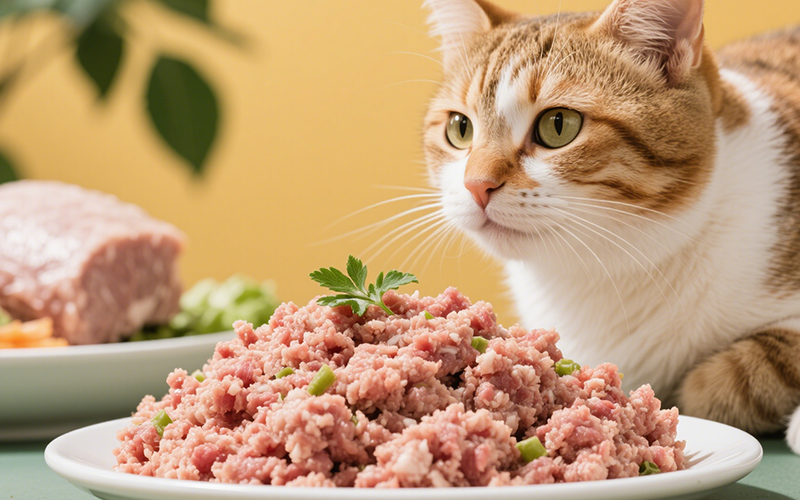
A Purrfect Protein? Can Cats Eat Ground Turkey Safely? (Vet-Reviewed Guide)
- 16 Apr 2025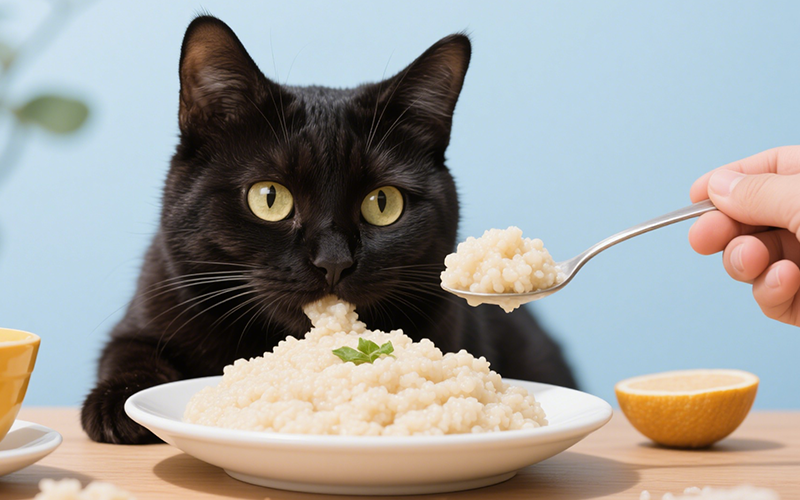
Gritty Situation: Can Cats Eat Grits Safely? Vet Explains the Risks
- 16 Apr 2025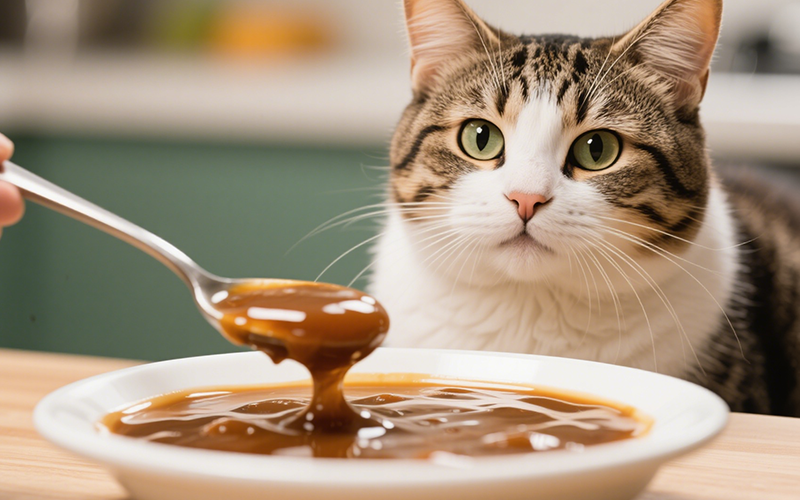
Gravy Danger Zone: Can Cats Eat Gravy Safely? (Vet-Reviewed Warning)
- 16 Apr 2025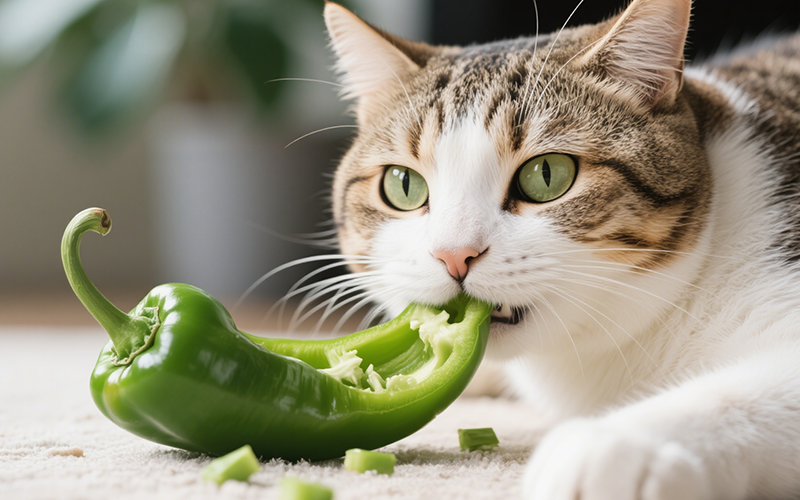
Crunchy Query: Can Cats Eat Green Peppers? A Vet-Reviewed Safety Analysis
- 16 Apr 2025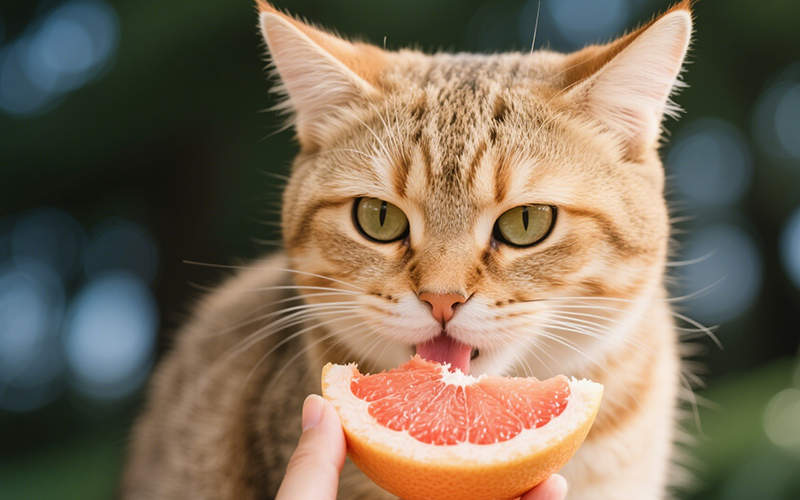
Toxic Temptation: Can Cats Eat Grapefruit? Vet Explains the Dangers
- 16 Apr 2025
Emergency Meal or Major Mistake? Can Cats Eat Dog Food For A Couple Days? (Vet Guide)
- 16 Apr 2025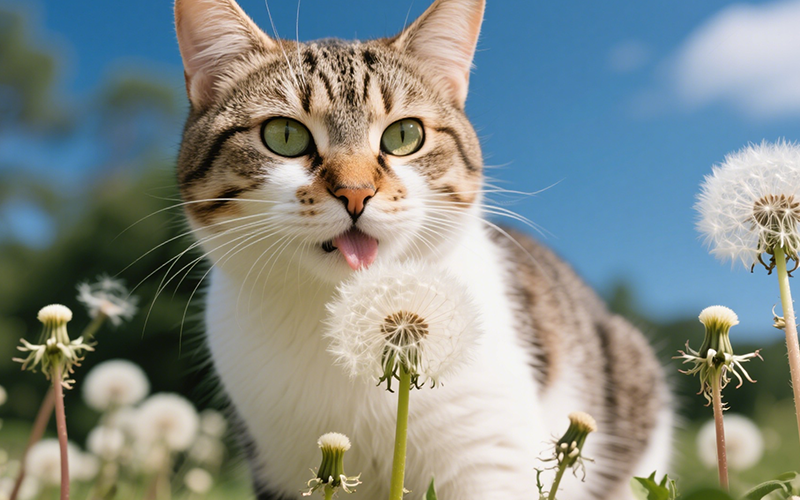
Dandelions & Felines: Can Cats Eat These Common Weeds Safely? Vet Explains
- 16 Apr 2025
Flaky Danger: Can Cats Eat Croissants Safely? Vet Explains the Buttery Risks
- 16 Apr 2025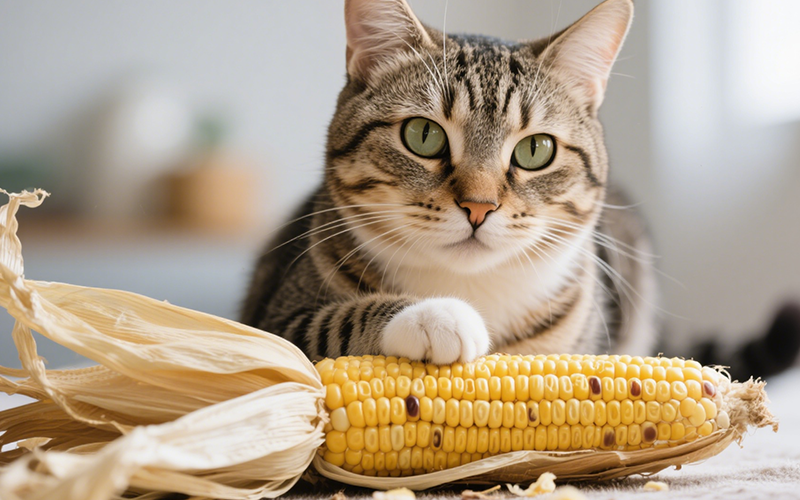
Hazard Alert: Can Cats Eat Corn Husks? Vet Explains Dangers of This Fibrous Material
- 16 Apr 2025
